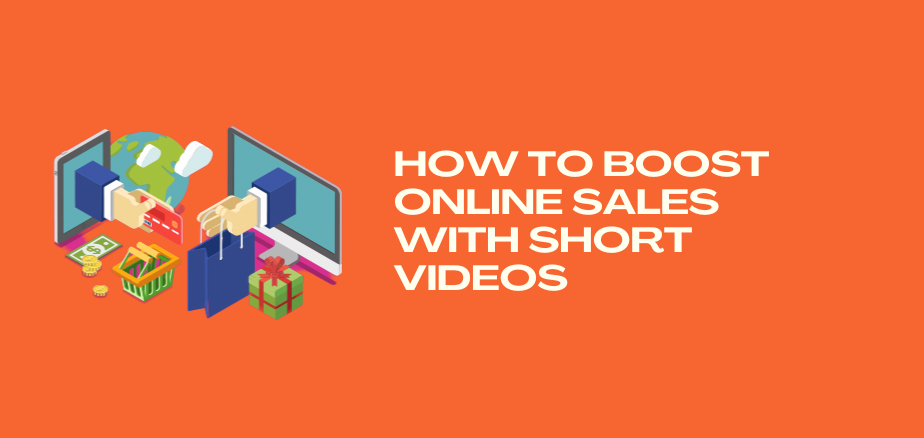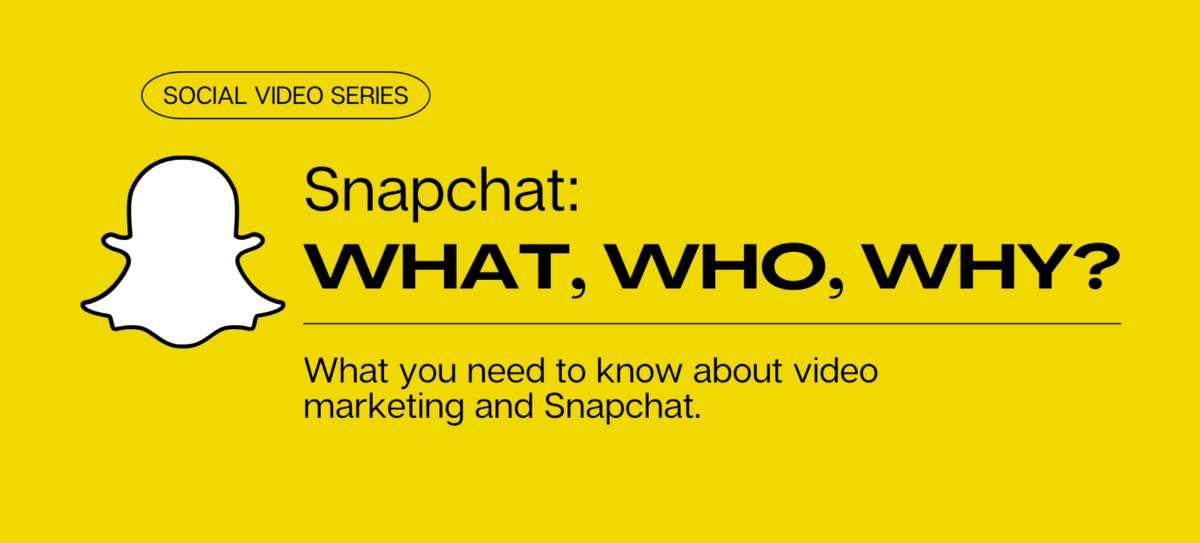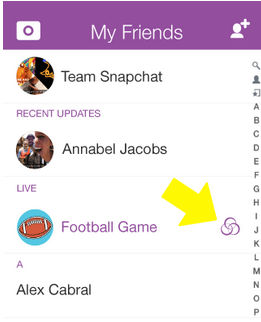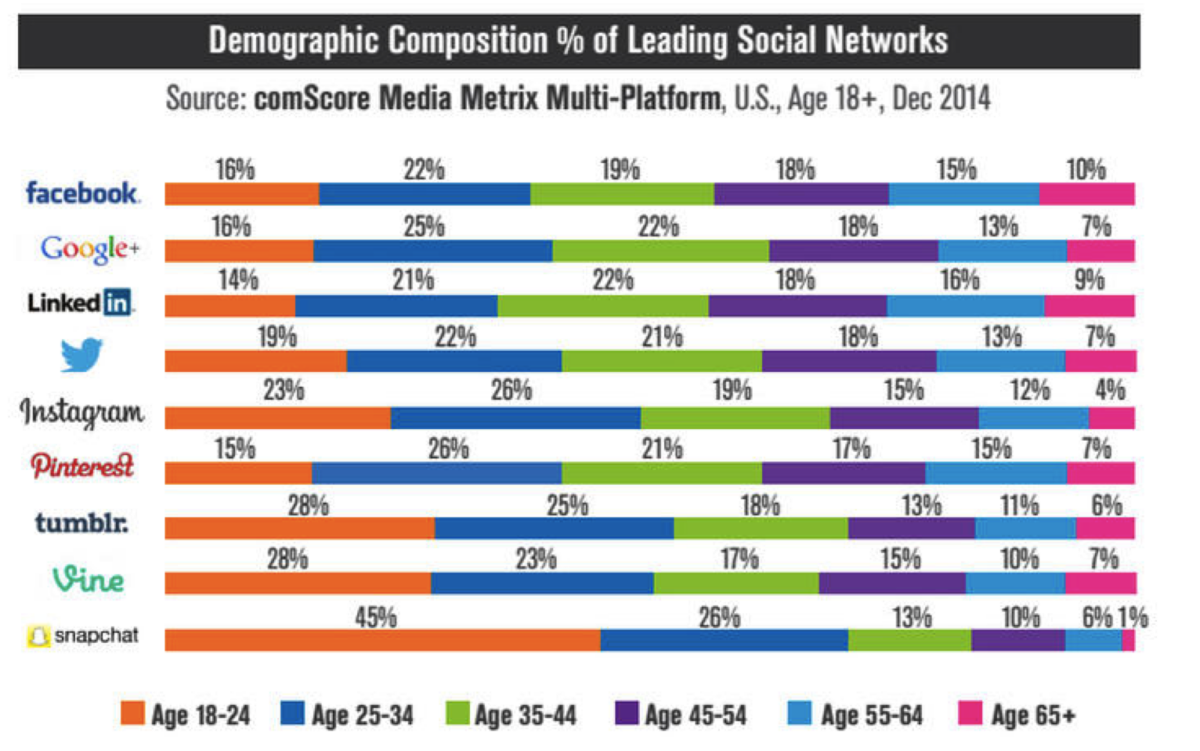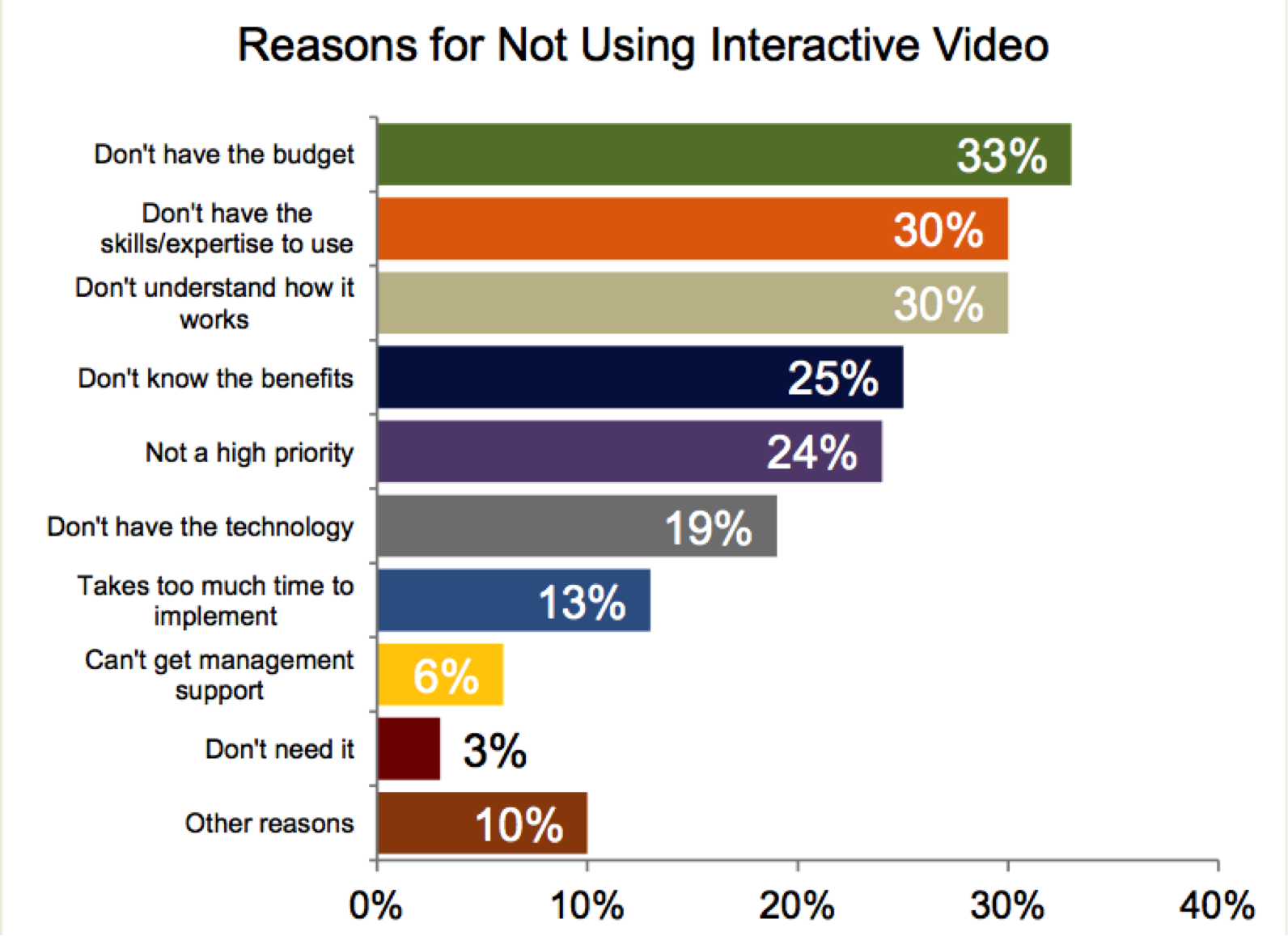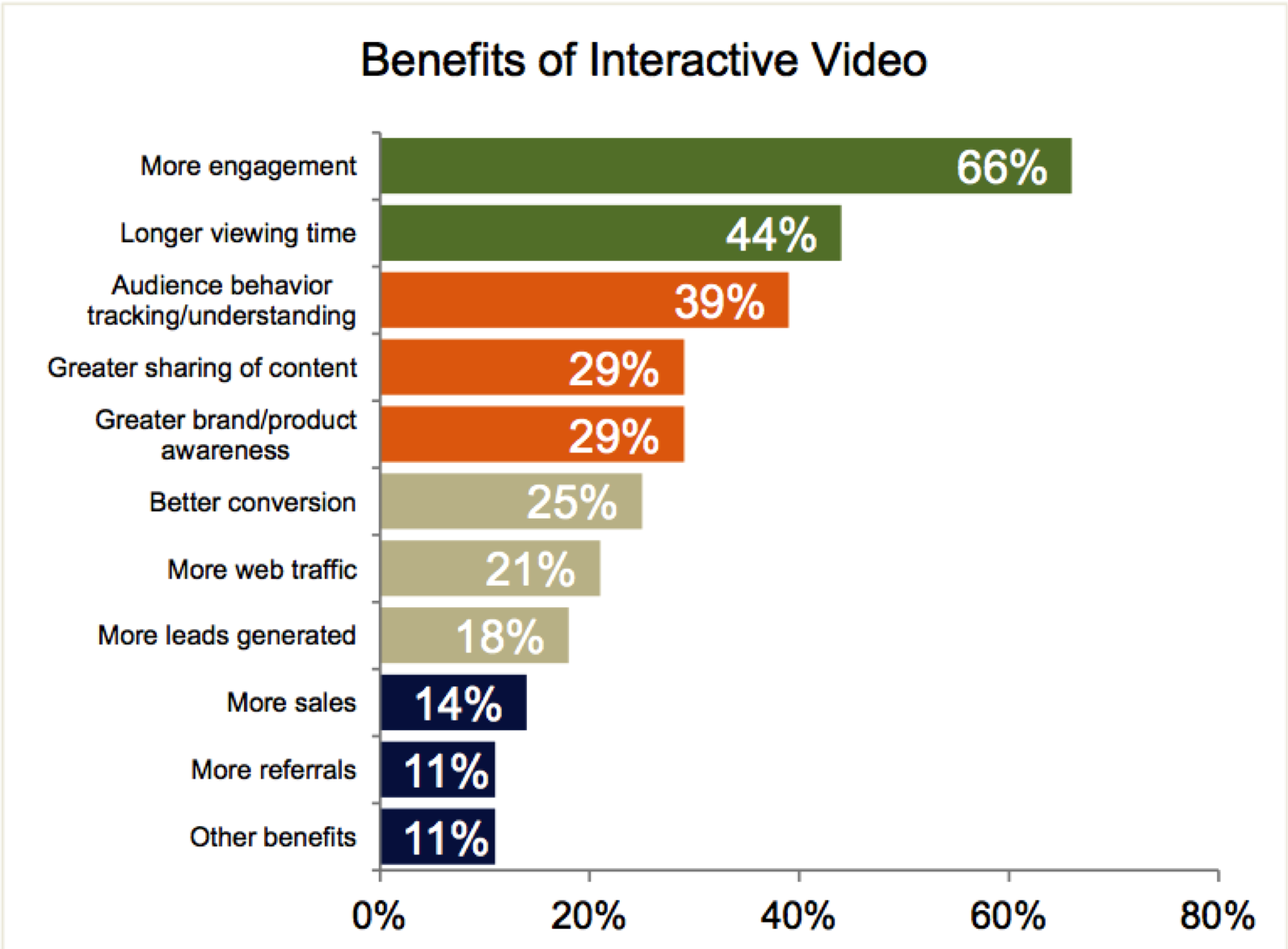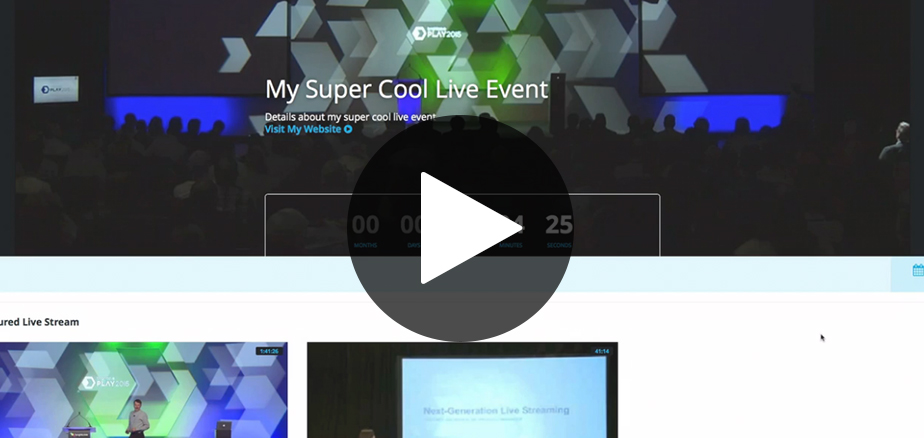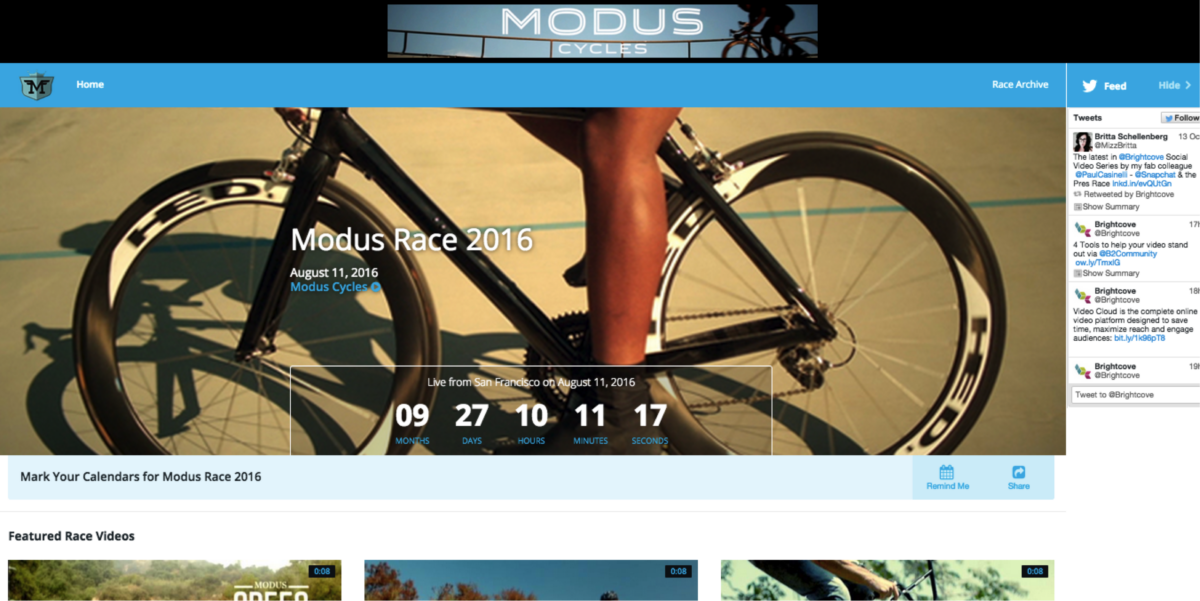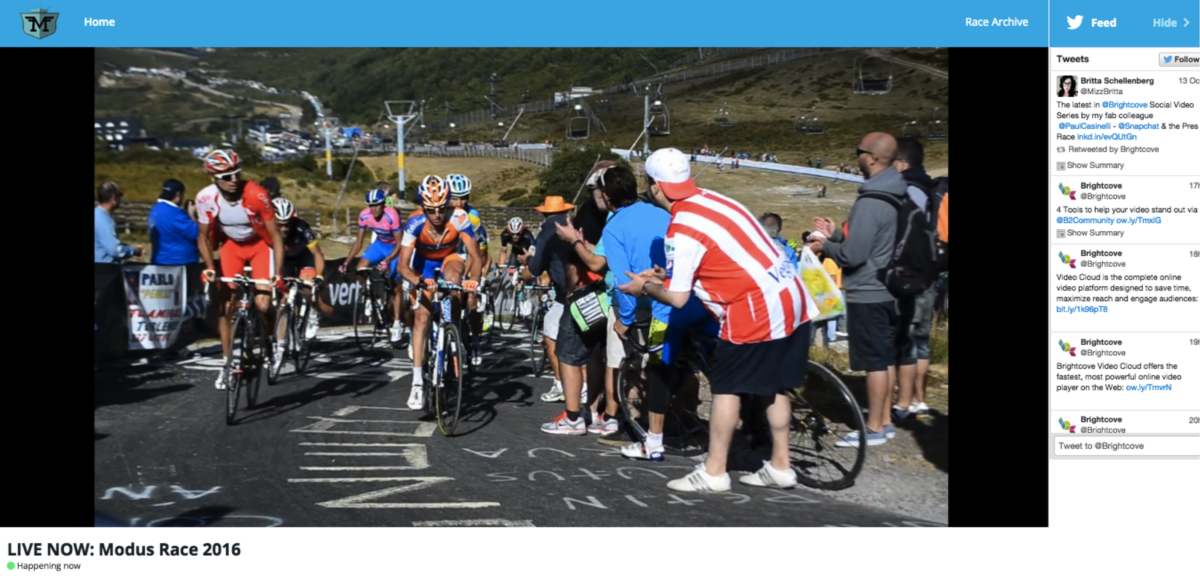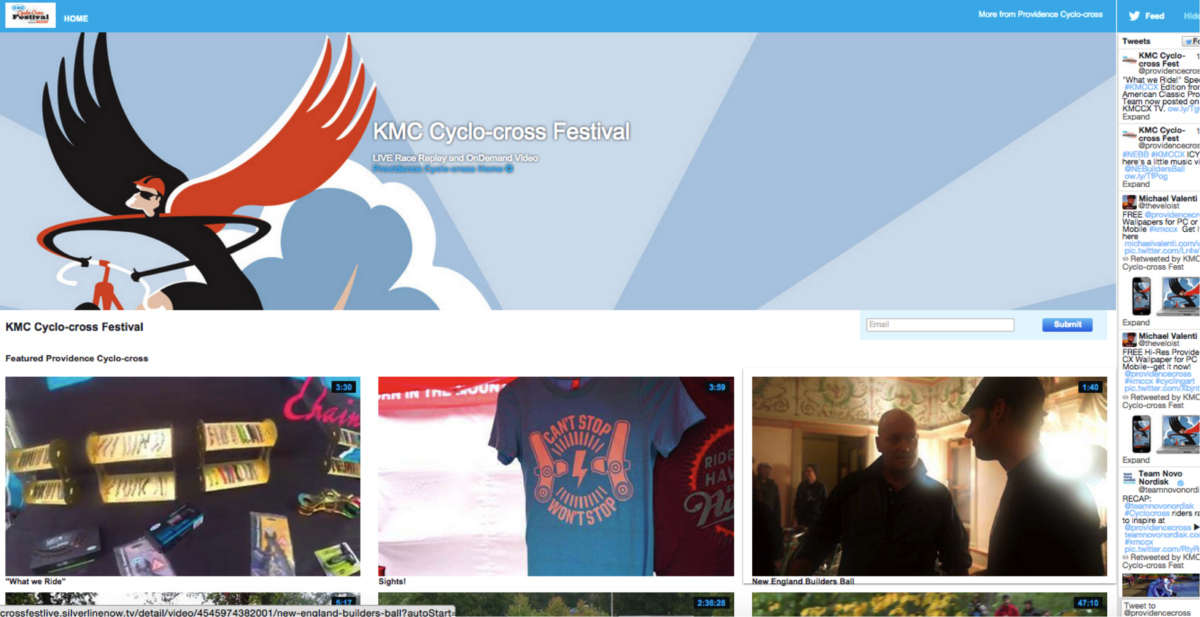HOW TO BOOST ONLINE SALES WITH SHORT VIDEOS
bsp-admin-1 on December 10, 2015
We all enjoy shopping online, but do you ever feel like something is missing? If so, you’re not alone. While British consumers are heavily invested in online shopping, many miss the tactile experience of visiting a physical store. This insight is one of several findings from a new report published by Brightcove, which examines consumer attitudes toward online shopping and identifies how fashion retailers can boost online sales.
The report, “The Perfect Solution: Boosting Online Sales with Video Marketing,” highlights a key takeaway: more than three-quarters (77%) of consumers say that incorporating more “real-life experiences” through video and multimedia content could persuade them to shop on UK fashion websites. The message is clear—leveraging videos, images, and interactive content is no longer optional but essential for driving better sales results.
WHY THIS MATTERS
The report sheds light on the future of online shopping and provides valuable insights for retailers. One major takeaway is that online shoppers miss the “hands-on” experience of a physical store. Nearly two-thirds (65%) of Britons say they miss being able to try on, touch, and feel products. Videos and other forms of interactive content can help bridge this gap, offering a more immersive and engaging online shopping experience.
EXAMPLES OF EFFECTIVE VIDEO USE
Some forward-thinking retailers are already addressing this gap by integrating videos with styling tips on individual product pages, showing customers how to wear specific items and pair them with complementary pieces. Others use videos to display clothing in motion, providing a better sense of fit, texture, and appearance. These strategies not only enhance the online shopping experience but also build consumer confidence and trust.
KEY TRENDS IN ONLINE SHOPPING
The report identifies three major trends that are shaping the future of online shopping and highlights their implications for sales and marketing.
- Multi-screen shopping is the future: By 2020, over a third (39%) of Generation X is expected to make purchases primarily via mobile devices, PCs, and televisions. Ensuring a seamless multi-screen shopping experience will be critical for retailers.
- Video content influences buying decisions: Beyond the 77% of consumers who say video influences their purchasing decisions, 31% express a desire for personalized video content tailored to their individual needs. Personalization will be key to driving engagement and conversions.
- The shopping experience still matters: While 64% of Britons miss the tactile in-store experience, 10% also want more opportunities to share their shopping experiences with friends and family. This underscores the importance of creating engaging and shareable content that fosters a sense of community and connection.
TARGETING KEY DEMOGRAPHICS
The report defines three demographic segments that represent the most important target audiences for online retailers. By understanding what each group values, retailers can craft targeted, memorable online experiences that resonate with their audiences and drive sales.
With the findings of this report, it’s clear that enhancing the online shopping experience with video marketing is not just a strategy—it’s the solution to meeting consumer expectations and boosting revenue in an increasingly digital marketplace.

